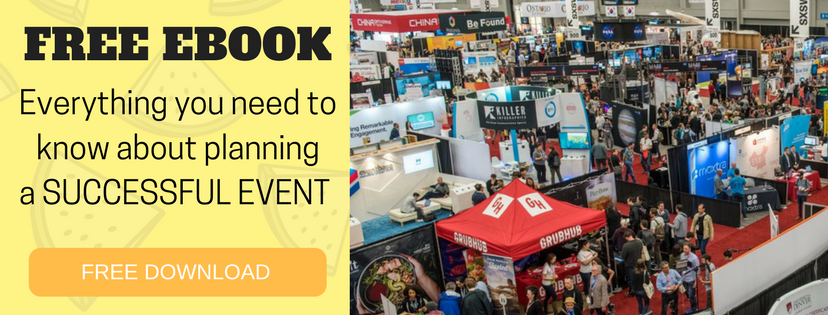Exhibiting at an event is a tough task, and budgeting sits at the top of the difficulty pile. Since there are so many things to account for, it gets challenging to prioritize everything and event managers need to be very meticulous about it. In this blog, we will explore how to prioritize the right items and end up under budget without compromising on results. Here’s where you start:
Figure out what’s important
You can get started on this in two ways. If the expected results from the event are already set by your leadership team, you can translate that into deliverables from the event. The second approach is that if you have the opportunity to set the expected results yourself, then you can align your objectives based on the company’s biggest need. In both these scenarios, the budget can still be adjusted based on the steps below.
Turn your objectives to line items
Now that you know what the expected results are, you can convert them into line items. You can do this by looking at your objectives, and answering questions about what you need to achieve them. You can start with these questions:
- How much space would you need?
- What kind of booth are you looking at?
- How many people would you need to man the booth?
- How much effort are you going to need for marketing?
More questions like these will pop up when you explore your objectives and try to understand what you need in order to achieve them.
What’s each item going to cost?

You’ve turned your objectives to items on a list. Now it’s time to assign costs to them. Here’s a list of things that you can expect to spend on:
- Booth Space: Booth Space will be one of your biggest expenses when you are exhibiting, taking up 25-35% of your budget. According to the Exhibit Designers and Producers Association, it costs an average of $150 per sqft of trade show space. Choose the size of space depending on your needs, rather than just going for the largest space you can afford.
- Booth Design: The general rule of thumb is that the budget for the booth design should not exceed 15% of the overall budget. It’s much better to have a smaller space and a well-designed booth, rather than a sprawling space with a sparse booth. Make sure that there’s a balance in the budget between these two items to get the optimal result.
- Staff at the booth: The budget allocation for this should fall under 20%, and this is another crucial line item. If you are exhibiting anywhere out of town, you’ll have to arrange for your staff’s stay and travel. We suggest you get them the best they can afford because you’ll need them to be fresh and motivated on the floor.
- The right tools: The success of the event depends on you being empowered with the right tools to meet your objectives. For example, if you are managing a high-volume of meetings at the event, make sure you have the right tool to help you out.
- Marketing and Promotion: This is a small but important part of the budget, and plays an important role in the success of the event. It usually comes under 5-10% of the budget. This would include pre-event marketing like social media ads, and also promotions at the booth including sales collaterals and giveaways.
- Transport and logistics: To keep costs under control, this should not exceed 10% of your budget. A decent transport service will make sure that nothing is damaged in transit, so look for the right one at the right price.
- Miscellaneous: Set some money aside for expenses that might just pop-up at the last minute. Around 5-10% should do. Most event organizers these days are transparent about their costs, but there might be unforeseen maintenance chargers, or you might need to place last-minute orders. It happens even with the best plans.
Setting up payments
Now that you have figured out the budgets, it’s time to set up the payments plan, because you don’t want any delays affecting the progress of the event. Some services require upfront payment, some later – consult with the vendors and manage all your payments efficiently.
That’s the journey you’ll have to take to set up a budget for any event that you exhibit at. There might be a few more items specific to your own event, but this would be the basic structure. All the best for your next event! If you’re looking for more information about exhibiting at events, check out our comprehensive ebook below:



